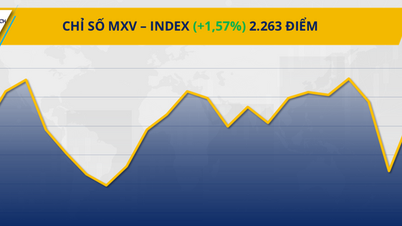
Brent crude futures fell 93 cents, or 1.5 percent, to $62.39 a barrel. U.S. West Texas Intermediate (WTI) crude futures also fell 79 cents, or 1.3 percent, to $58.70 a barrel. Both crude futures fell to their lowest levels in five months. In the previous session, Brent crude futures closed up 0.9 percent, while WTI gained 1 percent.
The IEA forecast that the global oil market could face a larger surplus next year, estimated at up to 4 million barrels per day, as producers from the Organization of the Petroleum Exporting Countries (OPEC) and its partners continue to increase output, while demand remains slow to recover.
A day earlier, the monthly report of OPEC+, which includes Russia, gave a less pessimistic assessment than the IEA, saying that the supply shortage in the oil market will narrow by 2026 as OPEC+ implements planned production increases.
Chief executives of major oil companies and leading commodity trading firms say the global oil market could tighten again in the medium to long term, recovering from a period of short-term weakness.
Dennis Kissler, senior vice president of trading at BoK Financial, said the latest trade tensions between the US and China will continue to weigh on crude oil prices, as the Chinese economy could be affected if tensions escalate. UBS analyst Giovanni Staunovo said risk aversion is spreading as trade tensions weigh on market sentiment, while the IEA report is pessimistic.
The Brent six-month futures spread is now at its lowest since early May 2025, while the WTI spread is at its lowest since January 2024. The spread between spot and futures prices is also narrowing, suggesting ample short-term supplies are making it less profitable for traders to trade in the spot market.
Source: https://baotintuc.vn/thi-truong-tien-te/gia-dau-giam-15-sau-canh-bao-du-cung-cua-iea-20251015065528039.htm


















































































![[Photo] General Secretary To Lam chairs the meeting of the Central Steering Committee on science, technology development, innovation and digital transformation](https://vphoto.vietnam.vn/thumb/402x226/vietnam/resource/IMAGE/2025/10/15/1760500443782_anh-man-hinh-2025-10-15-luc-10-52-47.png)
































Comment (0)